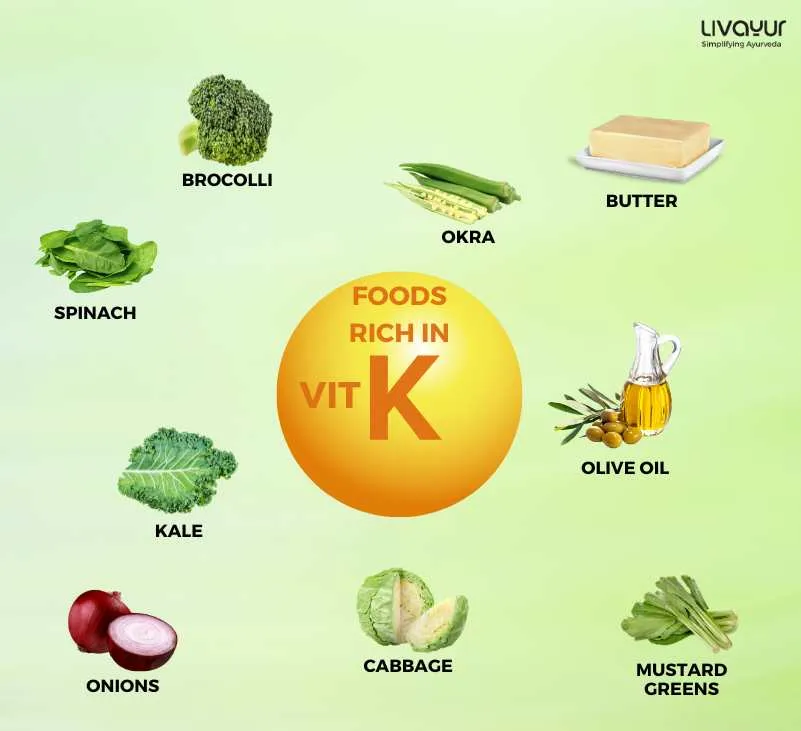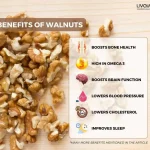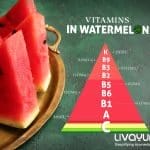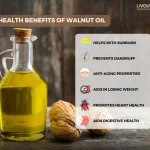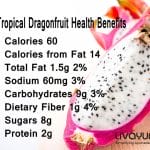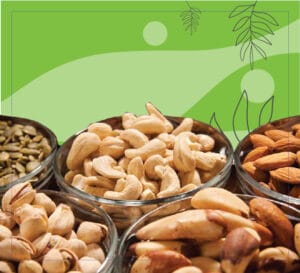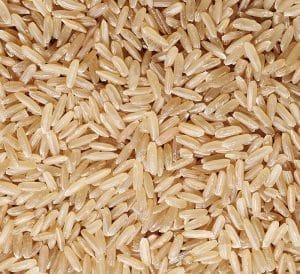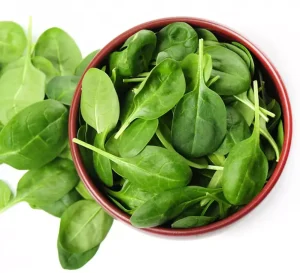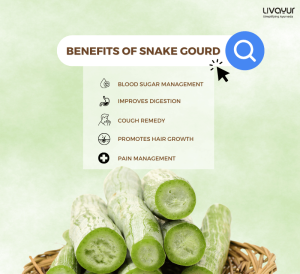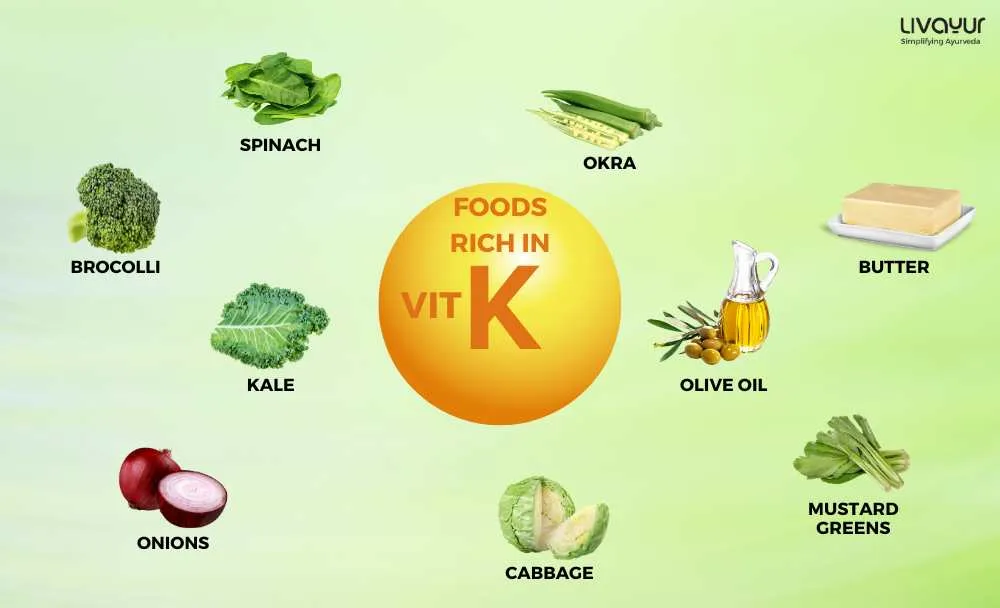
When it comes to a nutritious diet, paying attention to the vitamins and minerals our bodies need is essential. One such vital nutrient is Vitamin K, a fat-soluble vitamin is critical in blood clotting and bone health. While Vitamin K deficiency is rare, ensuring an adequate intake of this essential nutrient can help promote optimal health.
Fortunately, obtaining Vitamin K from your diet is relatively easy, as numerous foods are excellent sources of this vital vitamin. In this article, we will explore 20 foods that are rich in vitamin K sources.
Types of Vitamin K
Vitamin K exists in the following two forms.
1. Phylloquinone
It is the principal type of vitamin K abundantly present in green leafy vegetables. These include collard greens, kale, and spinach. As a plant-based vitamin K source, phylloquinone supports blood clotting and bone health. [1]
2. Menaquinones
Menaquinones are the second type of vitamin K sourced from animal foods and fermented products. They contribute to the overall vitamin K intake, with their potential implications for cardiovascular health. [1]
What are Vitamin K benefits?
The following are some of the notable Vitamin K benefits.
1. Blood clotting
Vitamin K is necessary for protein synthesis in blood clotting. Adequate vitamin K levels are fundamental for maintaining proper blood clotting function. [1]
2. Bone health
Vitamin K uses are many. It contributes significantly to bone health by regulating calcium within the skeletal system. Ensuring sufficient vitamin K intake can enhance bone density and reduce the risk of fractures. [1]
3. Heart disease
Research indicates a potential link between vitamin K and cardiovascular health. It may play a role in preventing arterial calcification to promote cardiovascular health. [1]
20 Vitamin K food sources to consider
Here are 20 rich Vitamin K sources you can easily find:
1. Spinach
This versatile leafy green is widely used in Indian cooking and is an excellent source of vitamin K. [2]
2. Broccoli
Broccoli is another popular food rich in Vitamin K and other beneficial nutrients. [2]
3. Mustard Greens
Mustard greens are used in a popular dish in north India, namely sarso ka saag, and offer a healthy dose of Vitamin K. [2]
4. Beet greens
Beet greens, the leaves of beet, are excellent vitamin K-rich foods. [2]
5. Kale
Kale is a nutrient powerhouse and an excellent vitamin K source. It is a versatile leafy green you can use in salads. [2]
6. Collards (haak saag)
Collard greens, also known as haak saag, are another leafy green that provides a generous amount of vitamin K. [2]
7. Turnip greens
Turnip greens, the leafy tops of turnip roots, are a nutritious vitamin K source. They are bitter in taste and can be cooked similarly to other leafy greens. [2]
8. Dandelion greens
Dandelion greens are often overlooked but are rich in vitamin K. They have a slightly bitter flavor and can be enjoyed raw in salads or sautéed as a side dish. [2]
9. Brussels sprouts
Brussels sprouts are small, cruciferous vegetables packed with vitamin K. They can be roasted, steamed, or sautéed to bring out their delicious flavor. [2]
10. Onions (spring or scallions, tops, and bulbs)
Onions, particularly the green tops, contain moderate amounts of vitamin K. They are versatile ingredients that can enhance the flavor of various dishes. [2]
11. Lettuce (iceberg)
While iceberg lettuce is not as nutrient-dense as other leafy greens, it still provides some vitamin K. It is common in salads and sandwiches. [2]
12. Lettuce (green leaf)
Green leaf lettuce is another type that offers a decent amount of vitamin K. You can use it in salads or wraps. [2]
13. Cabbage
Cabbage, a cruciferous vegetable, contains a moderate amount of vitamin K. [2]
14. Asparagus
Asparagus is a nutritious vegetable that is a good source of vitamin K. You can grill, roast, steam, or use it in various dishes. [2]
15. Lettuce endive
Endive, a type of lettuce, is an excellent vitamin K source. Its slightly bitter taste makes it a great addition to salads. [2]
16. Parsley
Parsley is one of the vitamin K-rich foods. It is a herb that adds flavor and provides a good amount of vitamin K. [2]
17. Okra
Okra, a popular vegetable, contains vitamin K. It can be fried or stewed. [2]
18. Mayonnaise
Mayonnaise, a condiment made from egg yolks and oil, contains a decent amount of vitamin K. It often gets used as a base for various dressings and sauces. [3]
19. Olive oil
Olive oil, a staple in Mediterranean cuisine, contains vitamin K. It is a healthy fat used in cooking, dressings, and marinades. [3]
20. Butter
Butter, though not a significant source of vitamin K, contains a small amount of this nutrient. You can use it for cooking or as a spread in moderation. [3]
Vitamin K requirements for individuals
Here’s the recommended amount of Vitamin K required for individuals based on their age group: [4]
| Age | Recommended amount |
| Birth to 6 months | 2.0 mcg |
| 7–12 months | 2.5 mcg |
| 1–3 years | 30 mcg |
| 4–8 years | 55 mcg |
| 9–13 years | 60 mcg |
| 14–18 years | 75 mcg |
| Adult men 19 years and older | 120 mcg |
| Adult women 19 years and older | 90 mcg |
| Pregnant or breastfeeding teens | 75 mcg |
| Pregnant or breastfeeding women | 90 mcg |
Precautions to keep in mind about excess Vitamin K intake
Here are some vital precautions to keep in mind about Vitamin K intake.
1. Blood-thinning medications
Individuals taking blood-thinning medications, like warfarin, should maintain consistent vitamin K intake. Sudden and significant changes in vitamin K consumption can affect the effectiveness of these medications.
2. Supplementation considerations
Excessive vitamin K supplementation, particularly with high-dose supplements, needs a cautious approach. As with any supplement regimen, consult a healthcare professional to determine the appropriate dosage.
3. Individual health conditions
Individuals with health conditions like liver disease or those on long-term antibiotics may experience disruptions in vitamin K metabolism. Monitoring vitamin K levels and adjusting dietary intake under the guidance of a healthcare provider is crucial.
4. Pregnancy and breastfeeding
While it is essential for fetal and infant development, excessive supplementation without medical supervision is not ideal.
5. Interaction with fat absorption
As a fat-soluble vitamin, vitamin K absorption can be affected due to fat absorption in the digestive system. Individuals with conditions affecting fat absorption may experience challenges in assimilating vitamin K.
Ayurveda and Vitamin K
According to Ayurveda, food is a source of nourishment and a form of medicine. The ancient texts of Ayurveda emphasize the consumption of fresh, whole foods appropriate for one’s constitution or dosha.
Leafy greens and herbs that contain vitamin K are cooling in nature, which can help balance excess heat in the body. However, consult a qualified Ayurvedic practitioner or healthcare professional for personalized recommendations regarding nutrient intake for your body.
FAQs
1. Which food is a rich source of vitamin K?
Leafy green vegetables like spinach and kale are among the highest Vitamin K sources.
2. What are the three best sources of vitamin K?
Three Vitamin K sources include leafy green vegetables (kale, spinach, collard greens), cruciferous vegetables (broccoli, Brussels sprouts, cabbage), and certain herbs (parsley, basil).
3. Which fruit is high in vitamin K?
While fruits are generally not considered high in Vitamin K sources, kiwi, avocado, and prunes contain moderate amounts of this nutrient.
Conclusion
Including these nutrient-dense Vitamin K sources in your meals will ensure an adequate vitamin K intake, which is crucial in blood clotting and bone health. Remember, it’s always best to consult a healthcare professional or registered dietitian for personalized advice and recommendations based on your needs and dietary preferences. So, embrace the power of Vitamin K sources to support a healthier lifestyle.
Disclaimer:
This article is from a health and wellness perspective only and does not constitute medical advice. Kindly seek the help of a trained medical practitioner before initiating any treatment.




